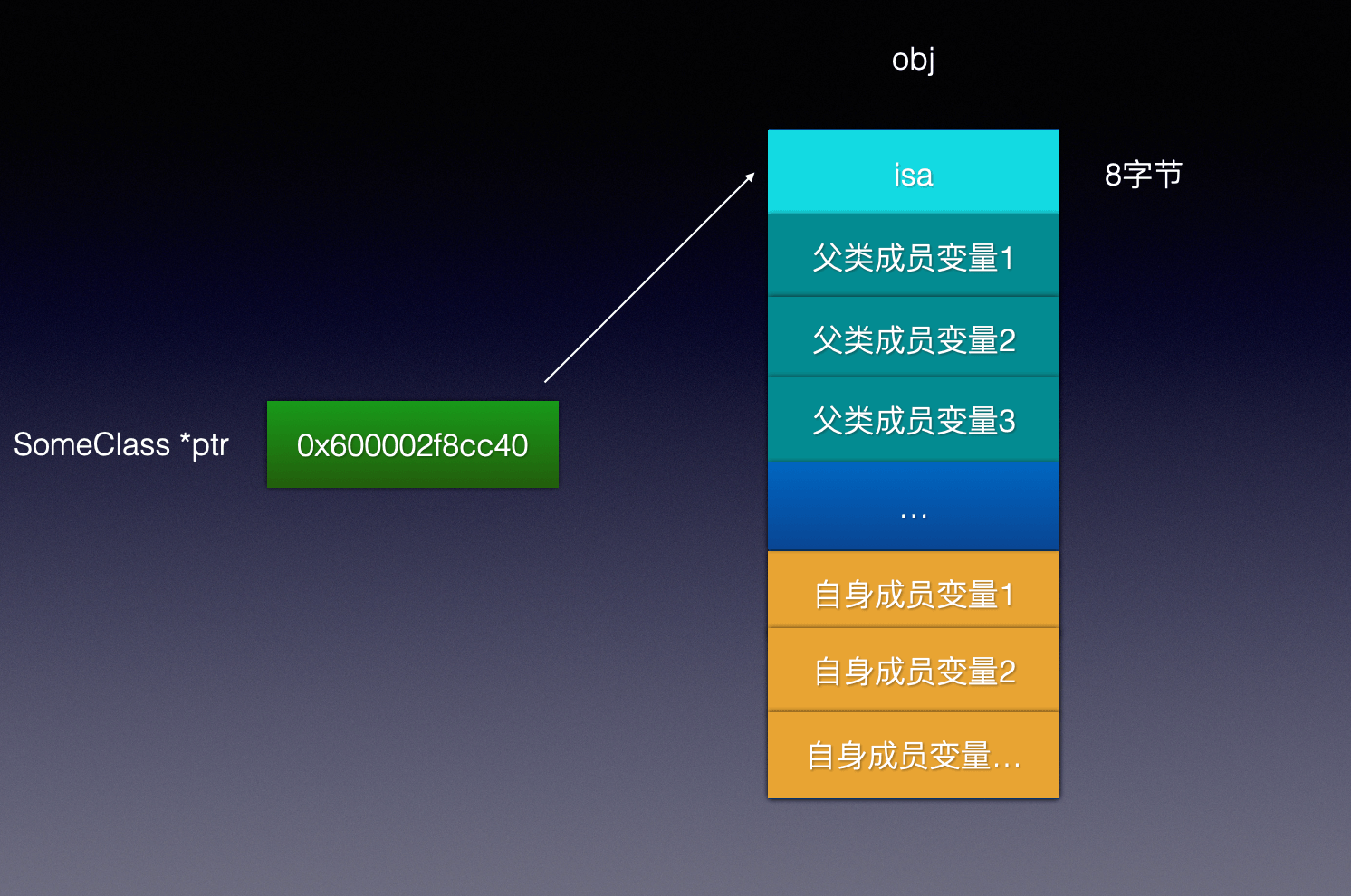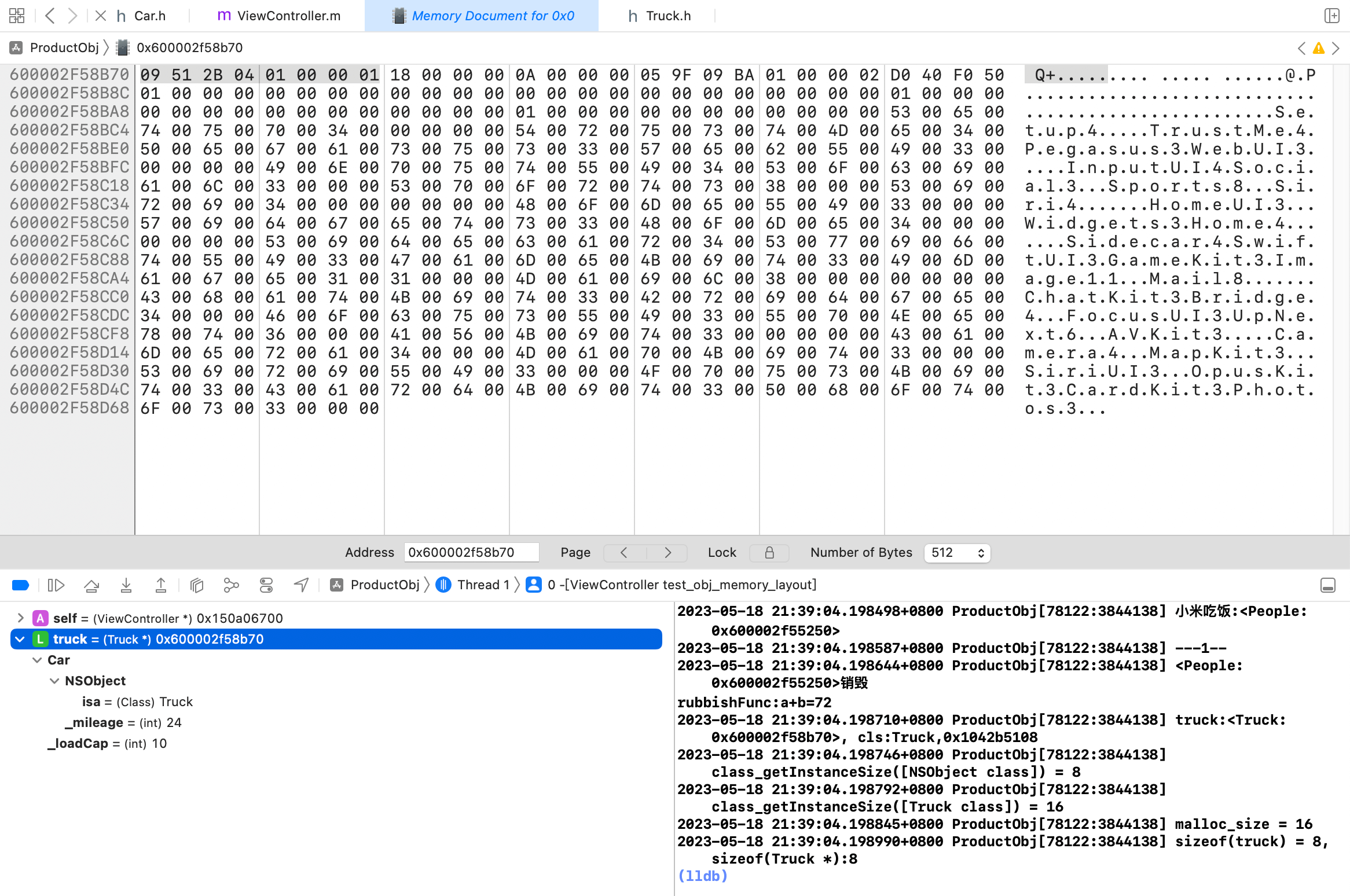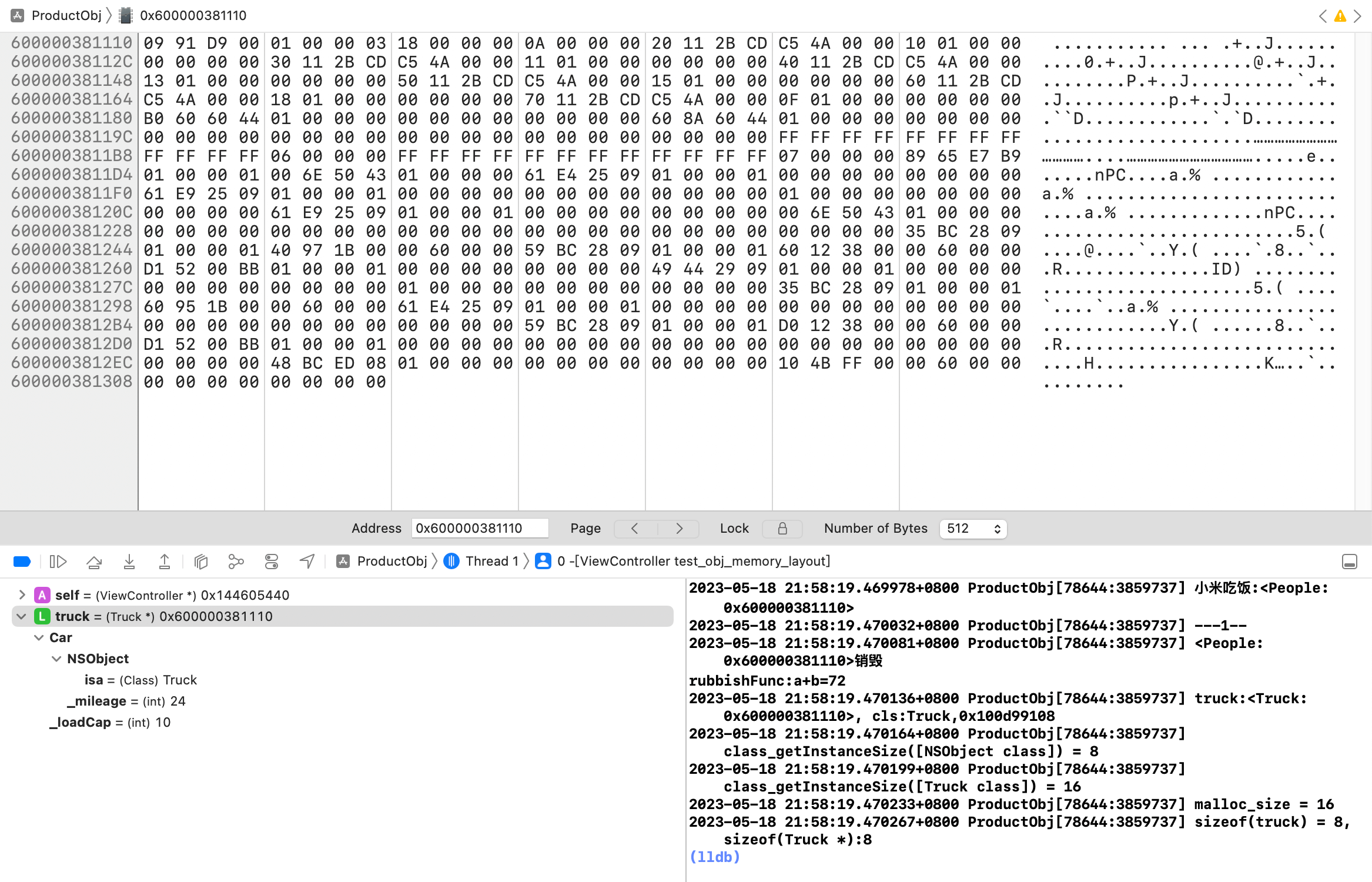1
2
3
4
5
6
7
8
9
10
11
12
13
14
15
16
17
| 2023-07-17 15:18:23.758865+0800 MLeaksFinderDemo[26862:7944628] ivar:_property_16_char,offset:8,index:1
2023-07-17 15:18:23.758907+0800 MLeaksFinderDemo[26862:7944628] ivar:_property_14_short,offset:10,index:1
2023-07-17 15:18:23.758948+0800 MLeaksFinderDemo[26862:7944628] ivar:_property_13_int,offset:12,index:1
2023-07-17 15:18:23.758978+0800 MLeaksFinderDemo[26862:7944628] ivar:_property_1_s,offset:16,index:2
2023-07-17 15:18:23.759014+0800 MLeaksFinderDemo[26862:7944628] ivar:_property_2_w,offset:24,index:3
2023-07-17 15:18:23.759049+0800 MLeaksFinderDemo[26862:7944628] ivar:_property_3_un,offset:32,index:4
2023-07-17 15:18:23.759077+0800 MLeaksFinderDemo[26862:7944628] ivar:_property_4_w,offset:40,index:5
2023-07-17 15:18:23.759105+0800 MLeaksFinderDemo[26862:7944628] ivar:_property_5_s,offset:48,index:6
2023-07-17 15:18:23.759134+0800 MLeaksFinderDemo[26862:7944628] ivar:_property_6_s,offset:56,index:7
2023-07-17 15:18:23.759160+0800 MLeaksFinderDemo[26862:7944628] ivar:_property_7_un,offset:64,index:8
2023-07-17 15:18:23.759191+0800 MLeaksFinderDemo[26862:7944628] ivar:_property_8_s,offset:72,index:9
2023-07-17 15:18:23.759256+0800 MLeaksFinderDemo[26862:7944628] ivar:_property_9_s,offset:80,index:10
2023-07-17 15:18:23.759309+0800 MLeaksFinderDemo[26862:7944628] ivar:_property_10_w,offset:88,index:11
2023-07-17 15:18:23.759392+0800 MLeaksFinderDemo[26862:7944628] ivar:_property_11_w,offset:96,index:12
2023-07-17 15:18:23.759458+0800 MLeaksFinderDemo[26862:7944628] ivar:_property_12_s,offset:104,index:13
2023-07-17 15:18:23.759509+0800 MLeaksFinderDemo[26862:7944628] ivar:_property_15_w,offset:112,index:14
2023-07-17 15:18:23.759583+0800 MLeaksFinderDemo[26862:7944628] ivar:_property_17_s,offset:120,index:15
|



